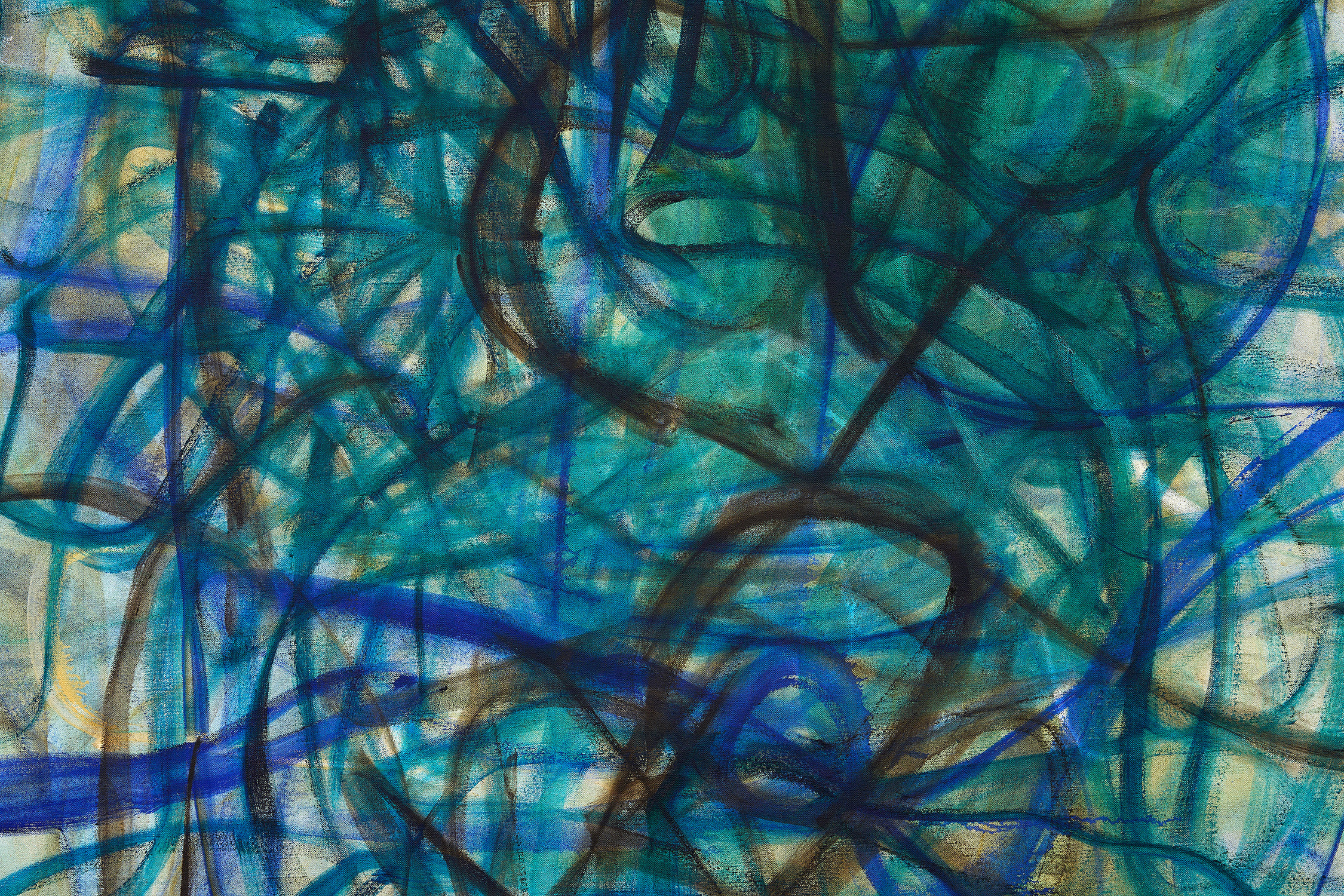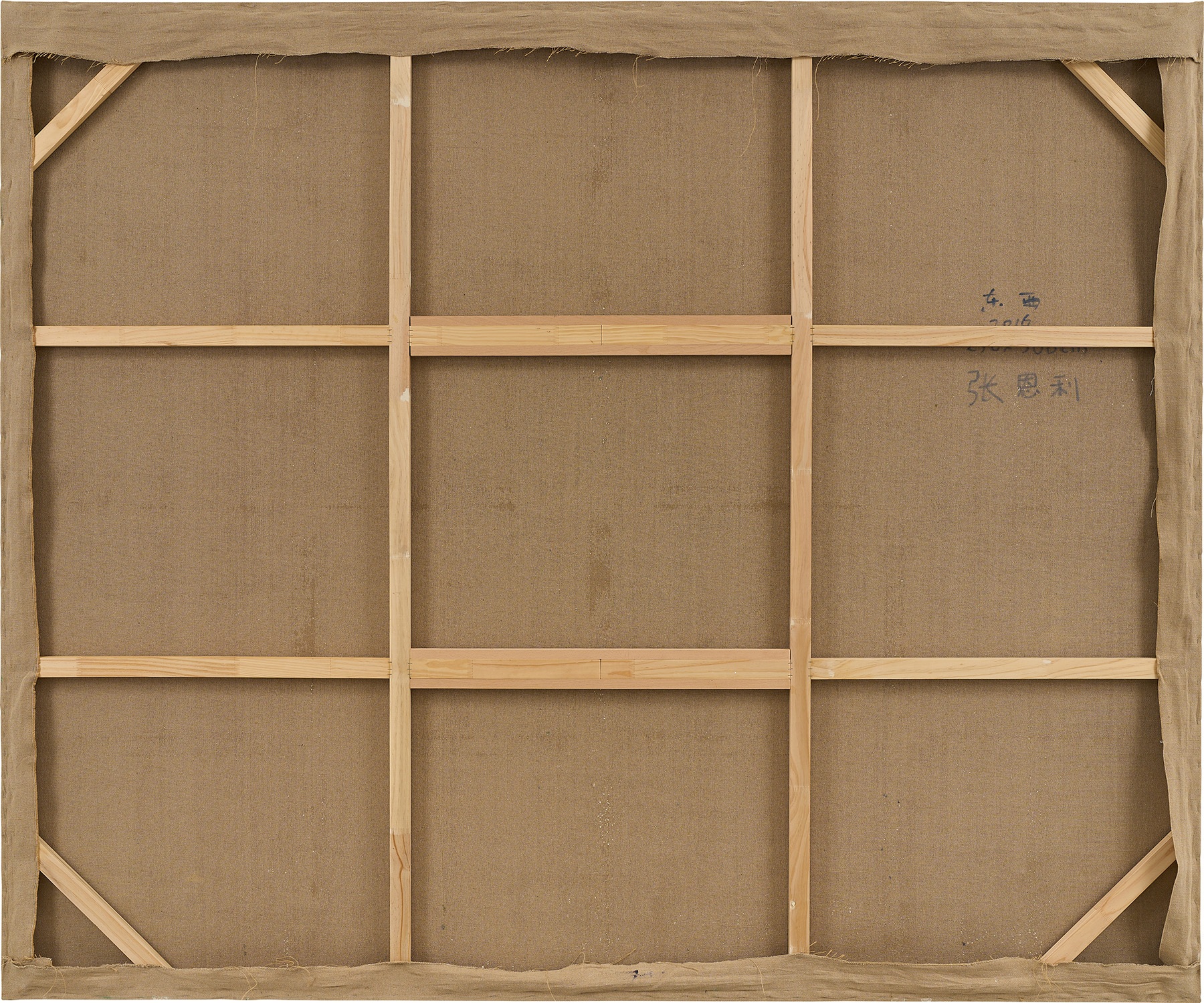





Property of a Belgian Collector
26Ж
Zhang Enli
Things
signed and dated '2016 Enli [in Chinese]' lower left; further signed, titled and dated '"Things" 2016 Zhang Enli [in Chinese]' on the reverse
oil on canvas
249.5 x 300 cm. (98 1/4 x 118 1/8 in.)
Painted in 2016.